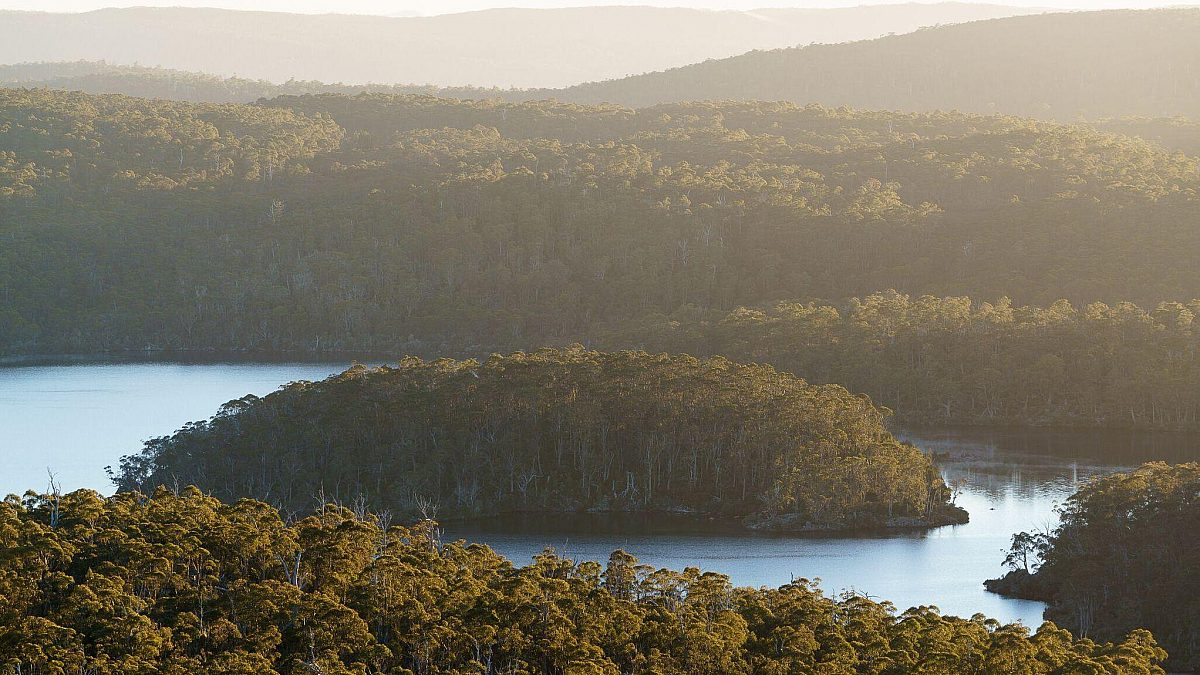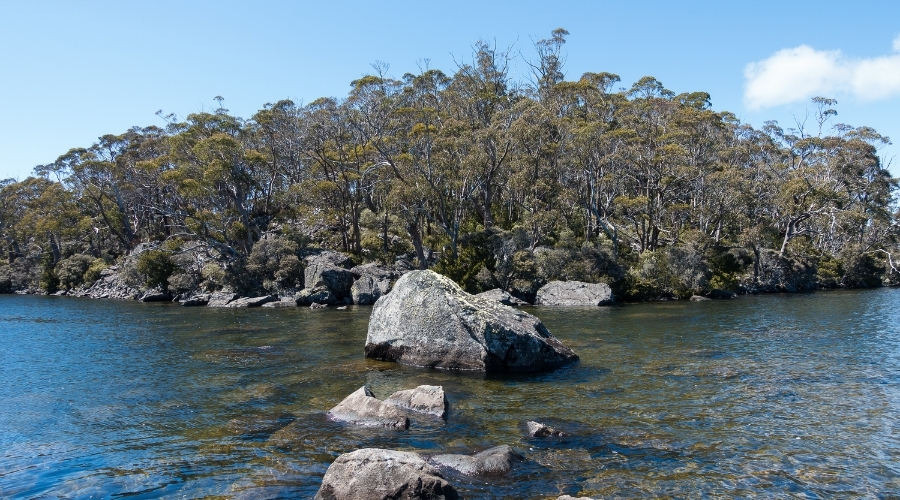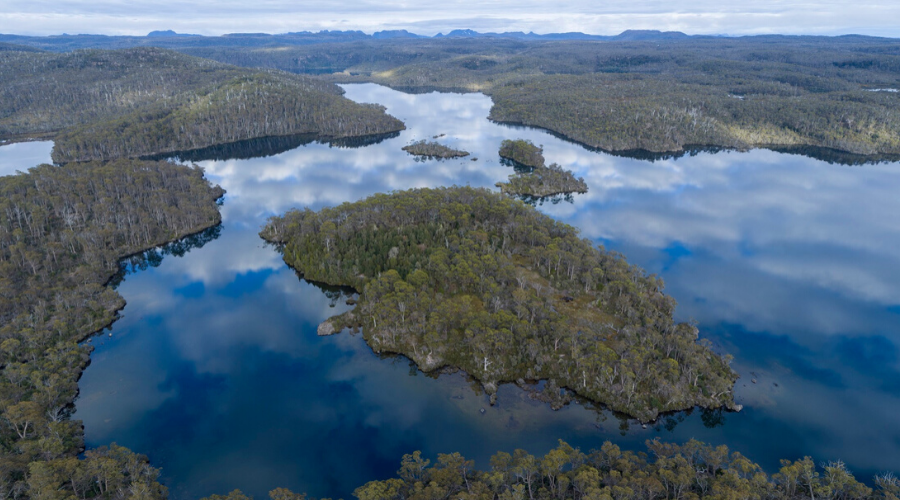Tasmania's forests

Your Malbena questions answered
In a big victory for our campaign, Tasmania’s Supreme Court has sent the helicopter tourism development at Lake Malbena back to the state’s planning tribunal, the Resource Management and Planning Appeal Tribunal (the Tribunal). The proponent, Wild Drake, wants to build luxury accommodation on the lake’s Halls Island to cater to helicopter tourists there, effectively privatising the island and excluding everyone else.

Lake Malbena is inside the Walls of Jerusalem National Park, which is part of the Tasmanian Wilderness World Heritage Area, the world’s highest-rated World Heritage wilderness.
You had a lot of questions about what happens now. We’ve answered a selection below.
What does the decision by Tasmania’s Supreme Court mean?
This is a victory for Tasmania’s Lake Malbena and wilderness. The Full Court of the Supreme Court overturned a decision to grant a permit for a controversial luxury helicopter tourism development proposed to be built in the Tasmanian Wilderness World Heritage Area.
The Court ordered that the State’s Tribunal reconsider its decision to grant a permit for the project.
This is a great outcome for the community, which has been fighting for years to protect Lake Malbena and the Tasmanian Wilderness World Heritage Area (TWWHA) from inappropriate development.
Why did the Full Court make this decision?
The majority of the Full Court found that the previous Judge and the Tribunal incorrectly interpreted the law.
The majority of the Full Court did not agree that for a permit to be granted for this proposal, the Tribunal only needed to be satisfied that a statutory reserve management plan applied to the land, and that the proposal would be “subject to” that plan.
Instead, the Full Court found that the tribunal needs to consider whether the proposal complies with the “prescriptive requirements” of the TWWHA’s management plan.
This is a great outcome for Tasmania’s World Heritage Area and national parks and reserves.
It means that the Tribunal should not rely solely on criteria provided under the Tasmanian Government’s own approval process (called the Reserve Activity Assessment), which is not a legislated set of criteria.
Instead, the tribunal will need to objectively consider the substance of the TWWHA’s plan and determine if the proposal complies with its prescriptive requirements.

What happens now?
Wild Drake has 28 days from the date of the Court’s decision (which was on 15 September) to seek leave to appeal this decision to Australia’s High Court.
If there is no appeal, the matter will go back to the tribunal for a fresh decision. The tribunal will need to make a new decision on this proposal, and determine whether it is in line with the prescriptive requirements of the statutory management plan for the TWWHA.
Will the tribunal have to consider all the evidence previously presented to it?
The tribunal will need to first consider the question of whether this proposal meets what the Court described as the “prescriptive requirements” of the TWWHA’s statutory reserve management plan.
The Court found that this would include consideration of whether this proposal is for huts or a standing camp. (Huts are not allowed in this part of the World Heritage Area.)
It will be a live issue before the tribunal as to what are the other prescriptive requirements of the management plan that will apply to the proposal and how the Tribunal can determine whether they have been met.
Is it possible that this proposal can still be approved?
The Full Court decision means that it is not sufficient for the tribunal to rely upon what we consider to be a substandard Parks and Wildlife Service assessment of this proposal.
Rather, the tribunal will now have to objectively determine for itself whether this proposal complies with the prescriptive requirements of the reserve management plan. Wild Drake’s proposal does not satisfy those requirements.
It will then be a matter for the tribunal to determine this question.
Could the tribunal rule that the proposal should not receive a planning permit?
Yes.
Does this proposal still need approval from the Commonwealth Government?
Yes, the proposal still needs to be assessed under the national environmental laws, the Environmental Protection and Biodiversity Conservation (EPBC) Act.
In fact, it needs to be reassessed because the Environment MInister, Sussan Ley, tightened the grounds on which it needs to be approved and noted the impacts the proposal could have on wilderness. Minister Ley referred to the assessment by Tasmania’s Parks and Wildlife Service, which found that, if the proposal were to proceed, it would degrade about 5,000ha of World Heritage wilderness.